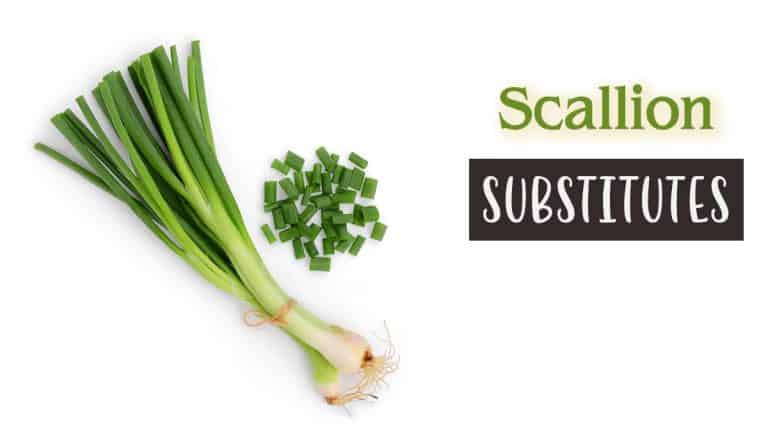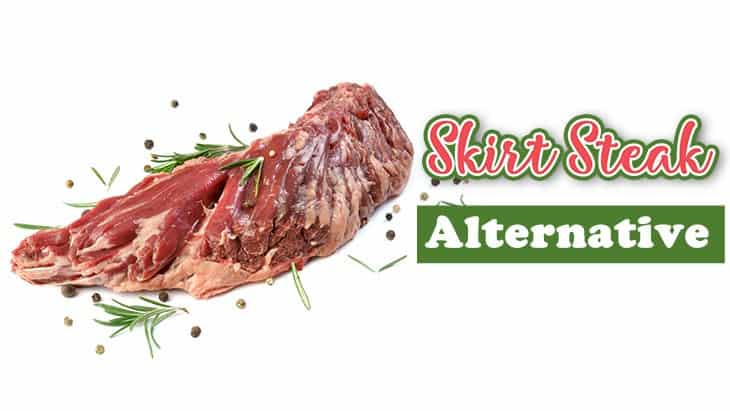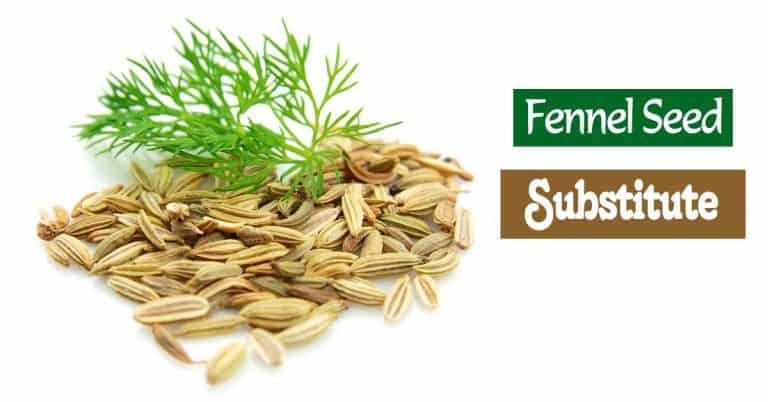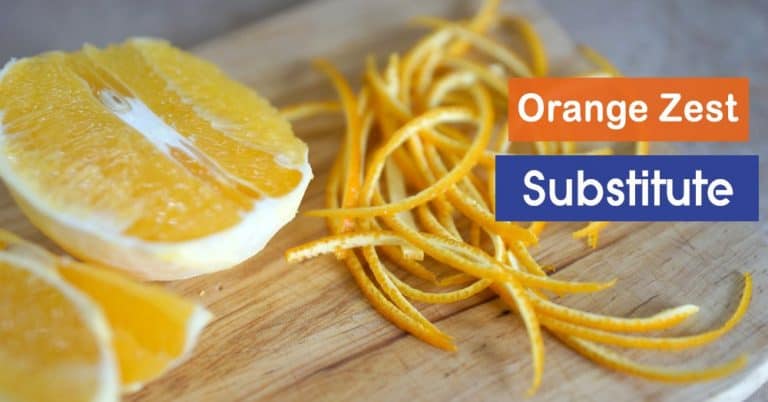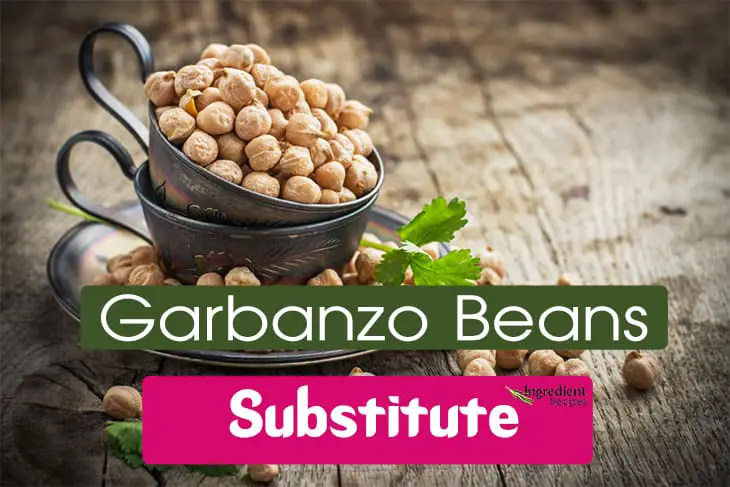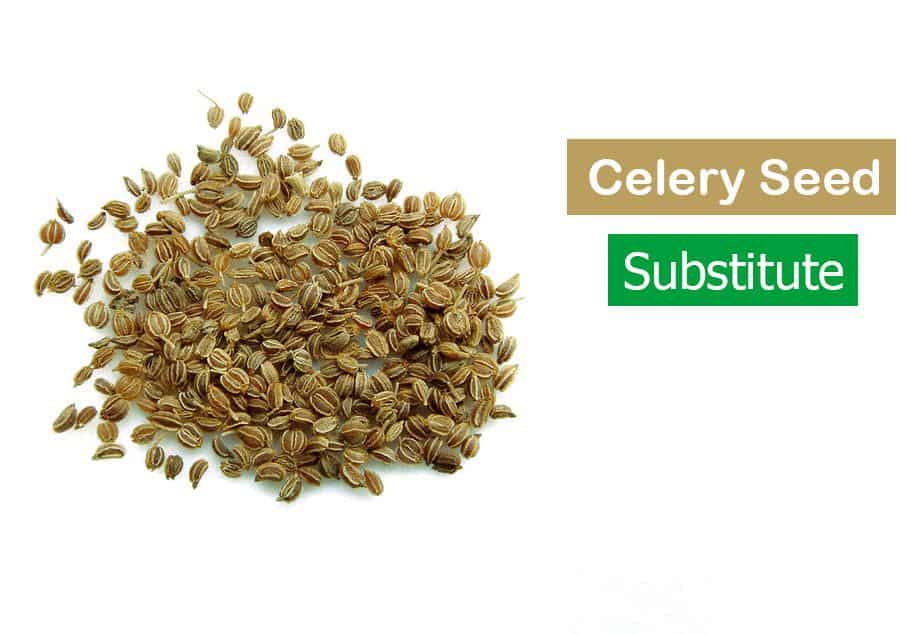
Celery seeds are no stranger to any home cook as a flavor booster in many dishes. Some may not be familiar with these seeds, but once you feel how well they blend in a dish, you will be hooked on this seasoning.
If you, unfortunately, run out of these seeds, we bet your dish will lose its signature aroma. That’s why you should prepare yourself with some celery seeds substitute ideas.
What is the best bet for this replacement? It’s celery. Yes, your eyes are not playing tricks on you. But we still have many other ideas that can freak you out. Keep reading!
20 Best Celery Seed substitutes
1. Celery Leaf / Stalk

It’s no doubt that other celery parts will make the best bet for its seed substitute. Fresh celery leaves or stalks are not astringent like the seeds, but you will feel a little tingle at the tongue’s tip with a spicy and bitter note.
Celery goes well with tuna, chicken, or seafood salads. You can use the stalk in stews, soups, pesto. The leaves can act as a garnish for a bright green addition.
To reach the seeds’ flavor, you will want to use more fresh celery. One tbsp of seeds equals 6 tbsp of stalks or leaves, for example.
Celery is a good friend of dieters with low glycemic content. Vitamin A and K packed in this veggie also do wonders for your bone and eye health. Coming with an antiseptic property, celery can prevent bladder disorders and kidney problems.
2. Celery Root (Celeriac Seeds)
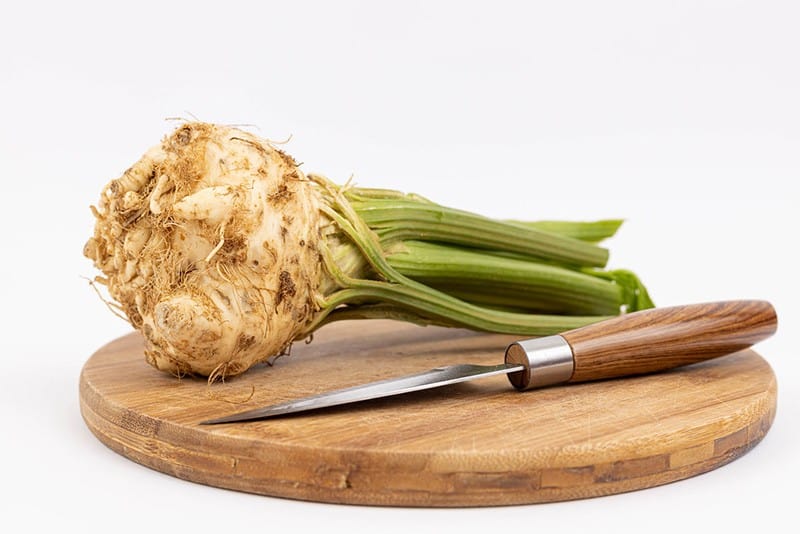
Have you ever heard of celeriac seeds? To your surprise, they are actually the celery roots, bringing you the purest celery note that you can imagine. That said, these seeds are not as popular as celery stalks and leaves.
This root comes with white flesh and adds a delicate touch to your stews or soups during the winter months. Or you can blend it with other ingredients in pizzas and salads.
3. Celery Salt
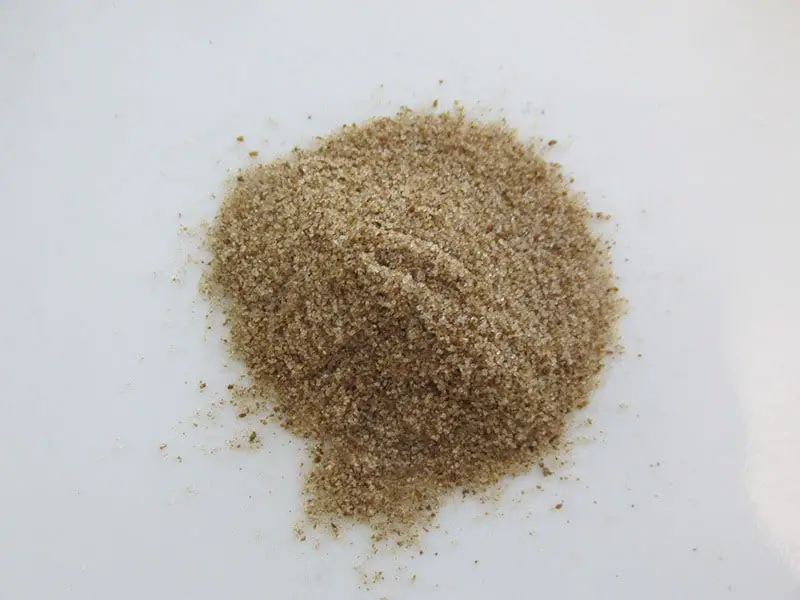
If you love using celery seeds as a seasoning, celery salt will also do the trick. This ingredient tastes like normal salt but with a celery hint, so why not use one stone to kill two birds – celery and salt?
Celery salt is available in most supermarkets or grocery stores. You can toss it in salads for dressing and boosting flavor or use it to season meat, seafood, and poultry dishes.
4. Celery Powder/ Flakes

Regarding celery-based products, it’d be a miss not to mention its powder and flakes. We love these spices as they blow a celery spirit to the recipes and serve a longer shelf life than fresh celery as well. If you are a celery fan, we bet celery flakes or powder are always on your spice rack.
As you may know, dried herbs (veggies, to be exact) are way more concentrated than fresh ones as the water content has been stripped out. So, using dried celery or its powder might surpass your expectation with its intense flavor.
You can sprinkle these ingredients into soups, pasta, salads, sauces, or stir-fries for added visual and flavor appeal.
5. Dill Seeds / Weed

You will notice that dill plants and seeds deliver different shades in flavor, but they share the same pungency that can stand in for celery seeds. They also give you an additional citric and grassy undertone.
You can replace celery seeds with the fresh herb as a garnish in salads, soups, and stews. The seeds can be used to flavor fish, seafood, meat, or fermented milk.
In general, dill pairs well with vegetables like beans, peas, cabbages, and other herbs like mint, garlic, basil.
People used this herb to treat hiccups, bad breath, and stomach discomfort back in the days. And this traditional remedy is never out of date. Also, vitamin A and C in dill will give you a healthy vision and skin.
6. Parsley

Parsley delivers a herby, fresh, and attractive aroma and a slightly spicy touch, resembling celery seeds. So, you can use it in place of celery as a dressing on pasta, soups, and stir-fries or mix it with salad for a punch of flavor.
Parsley is packed with antioxidants to neutralize free radicals and reduce your anxiety. Your bone and eye health will benefit from vitamin A and K in this herb. Also, vitamin C can boost your immune system and your overall energy.
7. Star Anise
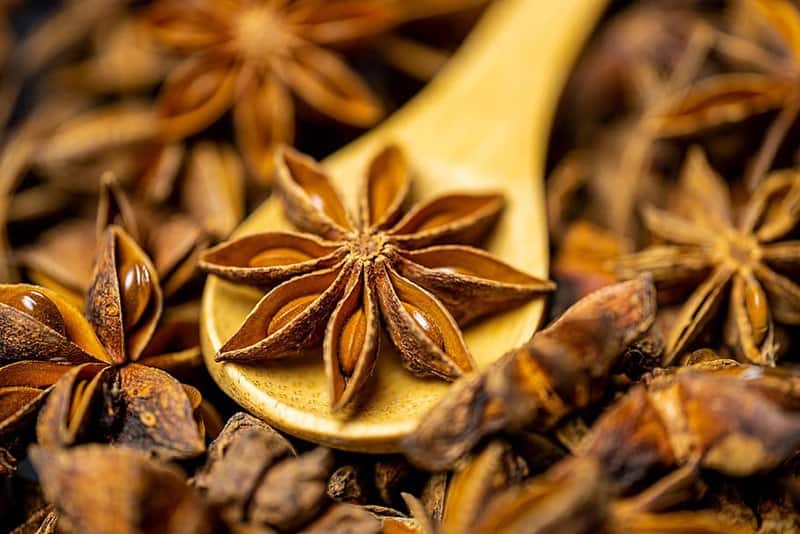
Anise and celery fall under the same umbrella of Apiaceae, so switching between the two more or less gives you a familiar hint. You can experience a pungent kick, which is also found in celery seeds but at a far more extreme level.
You can use star anise in curries, soups, stews or mix it with other spices like cinnamons, gingers, onions. These seeds and beef are especially a match made in heaven. They are also a staple in many Chinese signature recipes.
Anise seeds offer you numerous nutrients, including calcium, iron, and magnesium. This powerful ingredient also boasts antifungal and antibacterial effects to prevent skin-related diseases.
8. Caraway Seeds
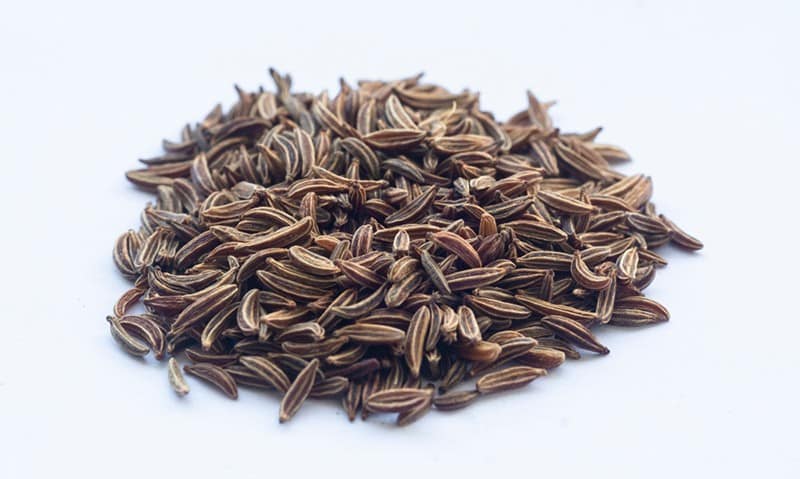
If you are looking for a substitute that has the power to add more depth to your dish like celery seeds, caraway seeds are the way to go. They come with a peppery and earthy taste to replace the sharp pungency of the original ingredient.
When it comes to the substitute for celery seeds in coleslaw, caraway seeds come out on top. Throwing a pinch of these seeds on soups, veggies, potatoes, and curries will also level up the whole dish.
This spice can support digestive problems, such as bloating, loss of appetite, heartburn, gas, and spasms of the intestines and stomach, thanks to its chock-full antioxidants.
9. Fennel Seeds
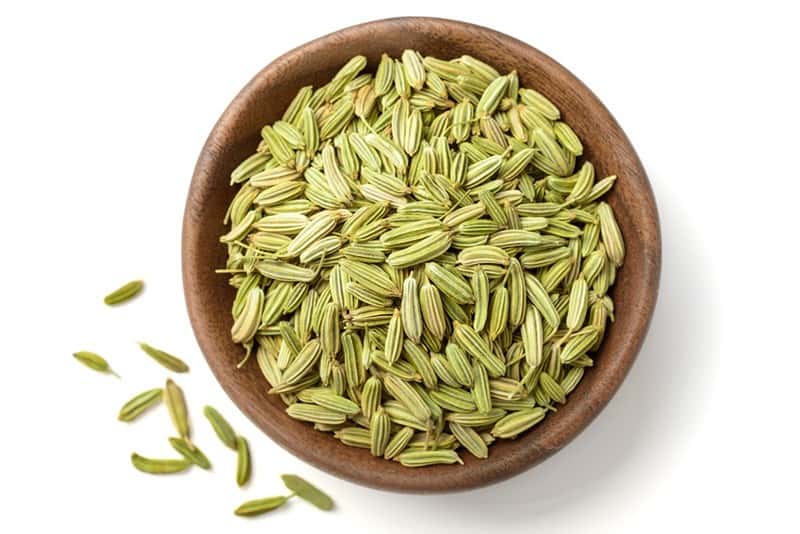
Like caraway, fennel will bring a burst of taste to your dish, reminiscent of licorice and anise. Honestly, this ingredient is not among the best alternatives, but fennel or other fennel seed substitutes offer a warm touch like celery seeds.
Fennel seeds will shine when replacing celery seeds in soups, casseroles, stews, curries, and fish recipes. You can toss some in salads; they pair especially well with cucumber.
These seeds are an amazing source of potassium, managing the acid-base balance. Eating fennel also stimulates the nitrite production – an essential substance to stabilize blood pressure.
10. Nigella Sativa
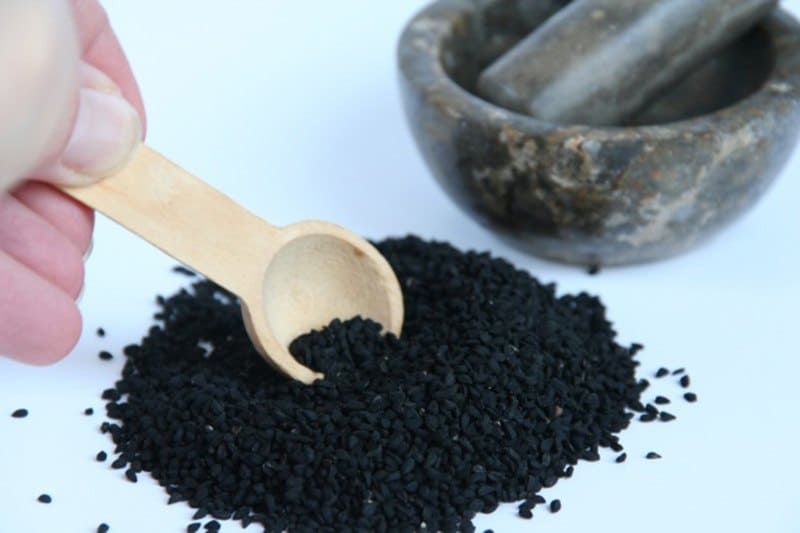
Nigella sativa, also called black cumin, is another Asian-inspired spice on our list. Nigella seeds’ taste is rather distinct, recalling the blend of onion, oregano, cumin, and a black peppery note. These sharp and pepper seeds can fulfill the pungent blank of celery seeds.
This substitute is slightly darker than the original ingredient, but the finish is not that different. The downside is that these seeds mostly appear in Indian grocery stores and may not be available widely in North America.
You can utilize this ingredient in curries, stir-fries, and root veggie recipes, like squash or potatoes. Also, adding nigella seeds to baked or scrambled eggs is a wise choice to spice up the dish.
These seeds are chock-full of antioxidants that positively link to cholesterol reduction and cancer-fighting effects.
11. Ginger

Ginger bears a peppery and spicy taste with a bitter aftertaste, satisfying you with a warm tone when replacing celery seeds. Its sharp flavor is sure to inspire your dish with a hot punch that will boggle your mind.
This rhizome can pop up in many recipes, such as curries, soups, stir-fries, marinades, or Asian-style dishes. But it’s best used in baked food like cookies or cakes.
Ginger boasts powerful antioxidant and anti-inflammatory properties, regulating free radicals in your body and reducing oxidative stress.
12. Feverfew Seeds

We bet that you have come across a feverfew bush with daisy-like flowers at least once. But you will be surprised, knowing that its seeds can be a medical and cooking assistant.
These seeds can send your dish a herbal and bitter kick with a relaxingly citrus scent. They tend to be a remedy rather than a cooking ingredient. But if you want a twist in taste buds, you can count on feverfew seeds.
Try growing this plant in your backyard, and you have a charming garden with magic to drive mosquitoes away from you. Feverfew can also soothe insect bites and relieve arthritis pain.
13. Turmeric

Turmeric is more commonly used in Asia than America, but if you are lucky enough to have it on hand, this rhizome makes a decent celery seed substitute.
This underground stem bears a distinctively pungent and earthy-sweet primary note with a citric and bitter undertone. Just like celery seeds, this exquisite flavor is implacable.
You can toss turmeric in soups, roasted vegetables, curries, rice dishes or pair it with poultry, catfish to add an Asian spirit to your recipes. It’s worth mentioning that this spice will paint your dish with a yellow-orange hue, which is gorgeous for some but annoying for others.
This rhizome is renowned for its antibacterial and anti-inflammatory effects, stimulating your heart health and the healing process.
14. Garlic

Garlic comes with a tangy and spicy taste and can more or less replace celery seeds. Slice garlic and toss it in soups, stir-fries, or broths, and your dish will erupt with coziness. If you can bear its strong pungency, you can also mix garlic with salads.
Garlic promotes nitric oxide synthesis to dilate blood vessels and reduce their pressure. Your immune system also benefits from these tangy bulbs. But bear in mind that this ingredient can leave you smelly breath for hours.
15. Black Pepper
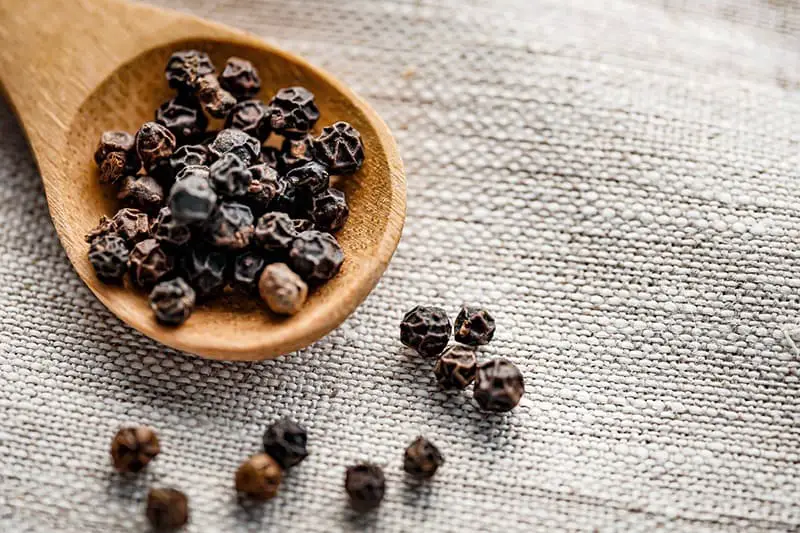
If you use celery seeds as a flavor booster, black pepper works many times better, bringing more depth to your recipe. Maybe you can’t spot the similarity between them at the first taste, but the spicy and bitter aftertaste lingering in your tongue is alike.
Black pepper is meant for those with a spicy palate and loving hot food. Sprinkle some minced black pepper on the stir-fried veggies, and your house will be invaded with the tempting smell. Also, you can use it to brighten meat, fish, soups, pasta, salads, and more.
This ingredient contains piperine – a powerful antioxidant that can boost brain function and reduce the likelihood of suffering from Alzheimer’s.
16. Dandelion
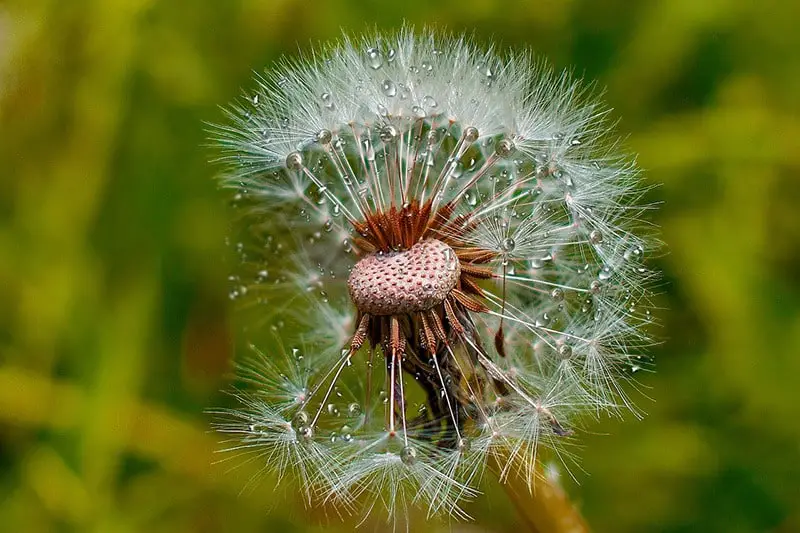
Do you fall in love with the fluffy dandelion flowers? If yes, get ready to love it more as its seeds can give you a hand when you lack celery seeds. Dandelion seeds drive you from an earthy note to a bittersweet aftertaste, just like celery.
You will want to add these seeds to some green dishes, soups, salads, or pesto. Don’t you know that dandelion seed milk does exist? Just blend them with dates, vanilla, and water, and you have a calcium-packed beverage that can rival milk.
Dandelion’s bitterness raises stomach acid, hence improving digestion. Even better, magnesium and potassium in these seeds can relieve constipation and bloat.
17. Capsaicin (Hot Pepper)
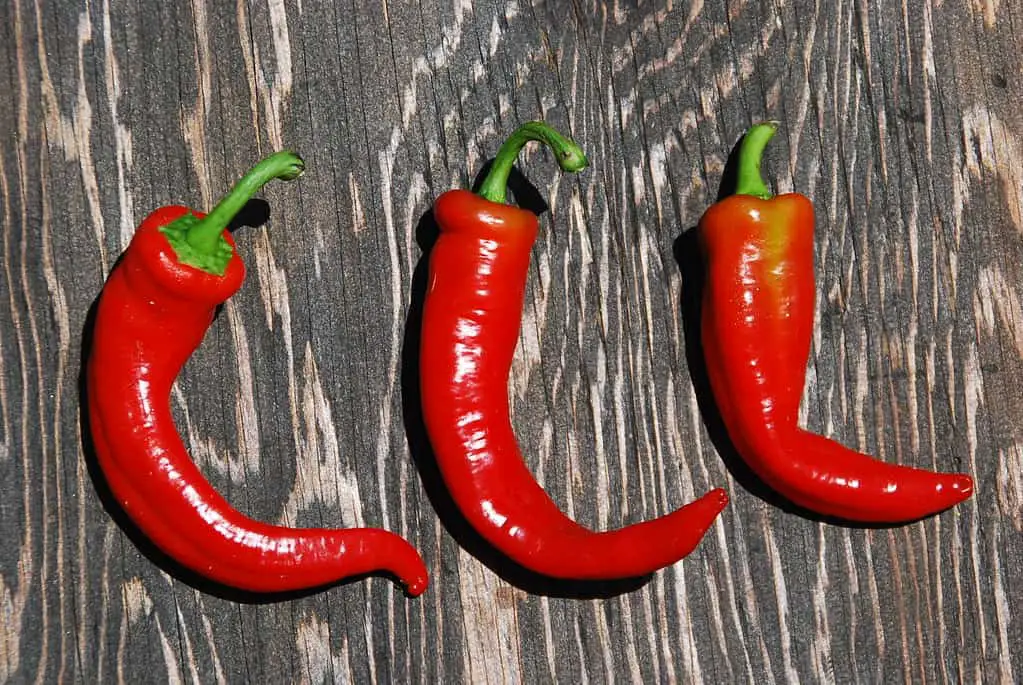
Are you seeking a spicy substitute that even outweighs black pepper? Then treat your tongue to the burning capsaicin. Chili pepper is the active ingredient in most hot food; it will fire up every single taste bud.
If you love pungency, there is no recipe that chili pepper can’t be used. From soups, stews, pasta, salsas to meat or seafood marinades, this volcanic sauce will win your heart.
Capsaicin is the compound in hot pepper responsible for its spiciness. It also works as an antioxidant to protect body cells. Not to mention, taking capsaicin will bring you some add-ons as fiery peppers are packed with vitamin A, C, and E.
18. Cilantro / Coriander Seeds
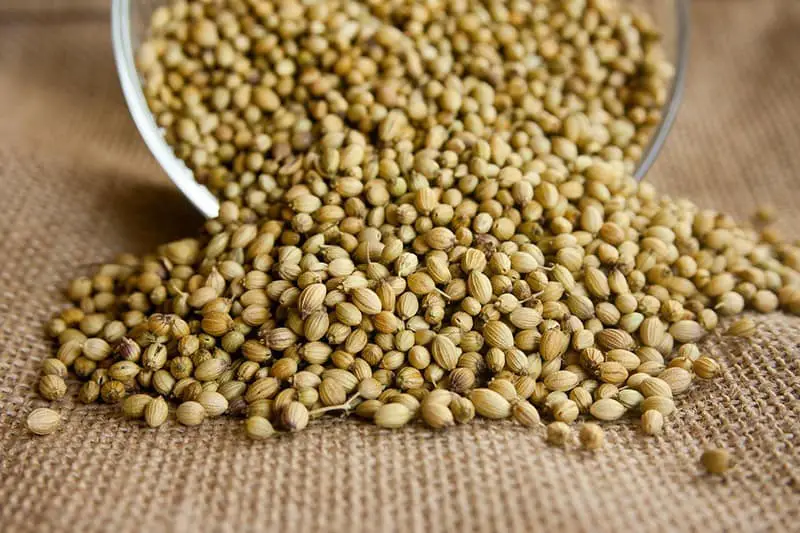
Coriander seeds and leaves (cilantro) come with a pungent and sweet taste with a lovely citrus scent. Replacing celery seeds with these ingredients will bring out an aromatic and herby dish.
Fresh cilantro is mainly used for dressing or spicing up pasta, salads, soups, and stir-fries. Meanwhile, coriander seeds work best in stews, curries, and making marinades or spice mixes.
Some substances in coriander activate enzymes to eliminate sugar in the blood, lowering the risk of type 2 diabetes. This herb also boasts anticancer and anti-inflammatory properties, improving your immune system.
19. Lovage
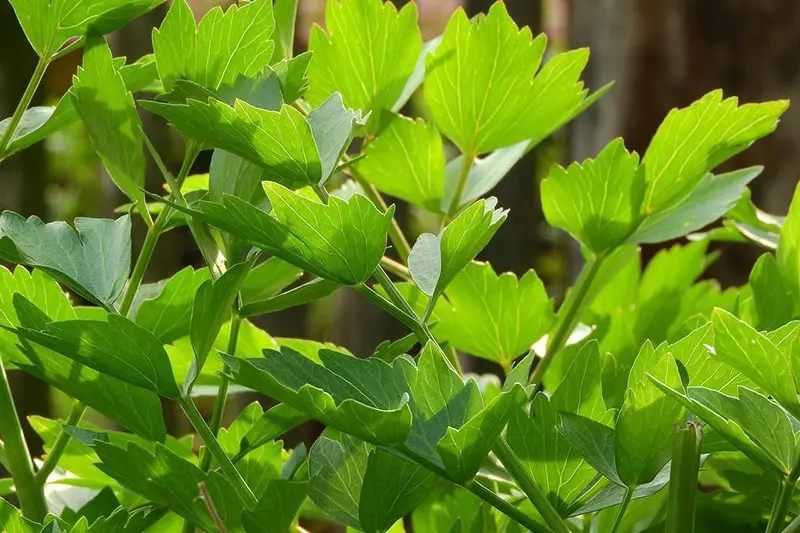
Lovage’s taste is reminiscent of celery with a parsley-like undertone. So, it’s undoubted that this plant works well as a celery seed alternative. Lovage will enrich your dish with a fragrant and astringent taste.
These leaves are best used in stews, soups, broths, pork, and poultry dishes. You can toss fresh lovage in a salad bowl to mimic the taste of celery seeds or stuff them into the fish or chicken’s cavity before roasting for deeper flavor.
Lovage is well-known as a digestive supporter, relieving flatulence and other stomach discomforts. Even better, this herb is beneficial as a blood purifier and as a diuretic to treat kidney stones.
20. Hibiscus
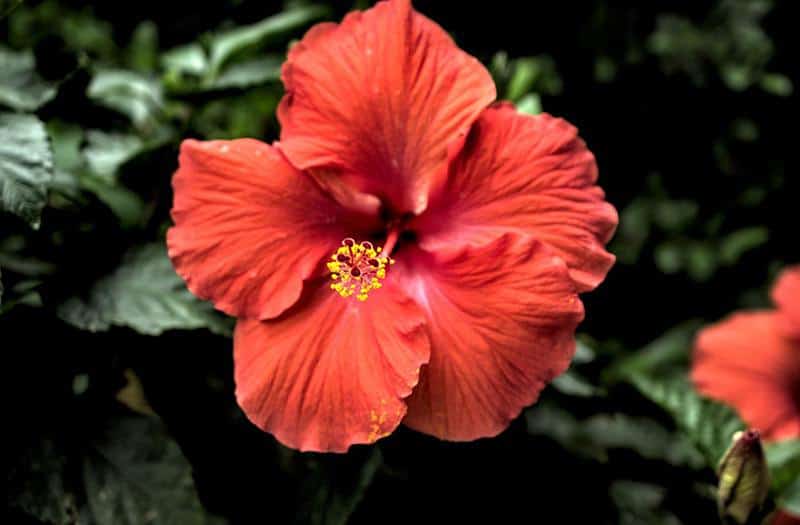
Do you spruce up your garden with some gorgeous hibiscus blooms? Any chance you think that you can bring this beauty into your meal? Let us blow your mind with this fact. If the recipe calls for celery seeds, dried hibiscus flowers can stand in.
These flowers taste like cranberries, delighting your tongue’s tip with a tart note and lingering floral aroma that can bewitch your mind.
Apart from making teas or cocktails, you can use them in soups, sauces, jams, or spices. Spoil your mouth with its fruity touch and please your eyes with the stunning swirl of color.
Hibiscus flowers are loaded with vitamin C, which can boost your immune system and fight off infections. Also, they are low in sugar and calories, so no need to worry about your glucose levels going off the charts.
Frequently Asked Questions
1. Where Can You Find Celery Seeds?
If you have a celery crop at home and want to harvest the seeds, spot the tanned or brown ones within the dried flowers.
Otherwise, address celery seeds in the spice sector of any grocery store or supermarket. It’s worth noting that the ground seeds can last only about 3 months, while whole grains serve you 6-month shelf life.
2. Are Coriander And Celery Seeds Similar?
That the coriander leaves (cilantro) resemble celery makes you confused about their seeds’ differences. Interestingly enough, they are siblings in the Apiaceae family. But their seeds still distinguish in many aspects.
First, the celery’s journey began in France and England, while its counterpart originated from western Asia and southern Europe.
Their plants obviously differ in size, leaning to celery with bigger stalks. What about the seeds? Celery seeds are oblong and ridged, but coriander seeds are more rounded.
In terms of taste, celery seeds offer a warm and astringent flavor with a bitter undertone, whereas the other reminds you of citrus and sweet touch.
3. What Is The Best Celery Seed Substitute In Coleslaw?
Celery seeds are the secret in a coleslaw dish. What if you lack this spice? Caraway seeds can do the trick. Otherwise, Nigella sativa also comes out as a decent fit.
Conclusion
Celery seeds are not widely used as other spices, but lacking them is indeed a pet peeve for their distinct addition. We’ve got you all covered with the list of celery seed substitute options above.
Among them, the safest and closest alternatives are other celery parts or celery-based products. But feel free to take a risk with other ideas. Maybe you will create a brand new shade for your original recipe.
Related Posts:
- 8 Best Almond Extract Substitutes For Your Recipes
- Top 10 Best Substitute For Potato Flour That You Can Find Anywhere!
- Substitutes For Water Chestnuts: 7 Most Common Choices


